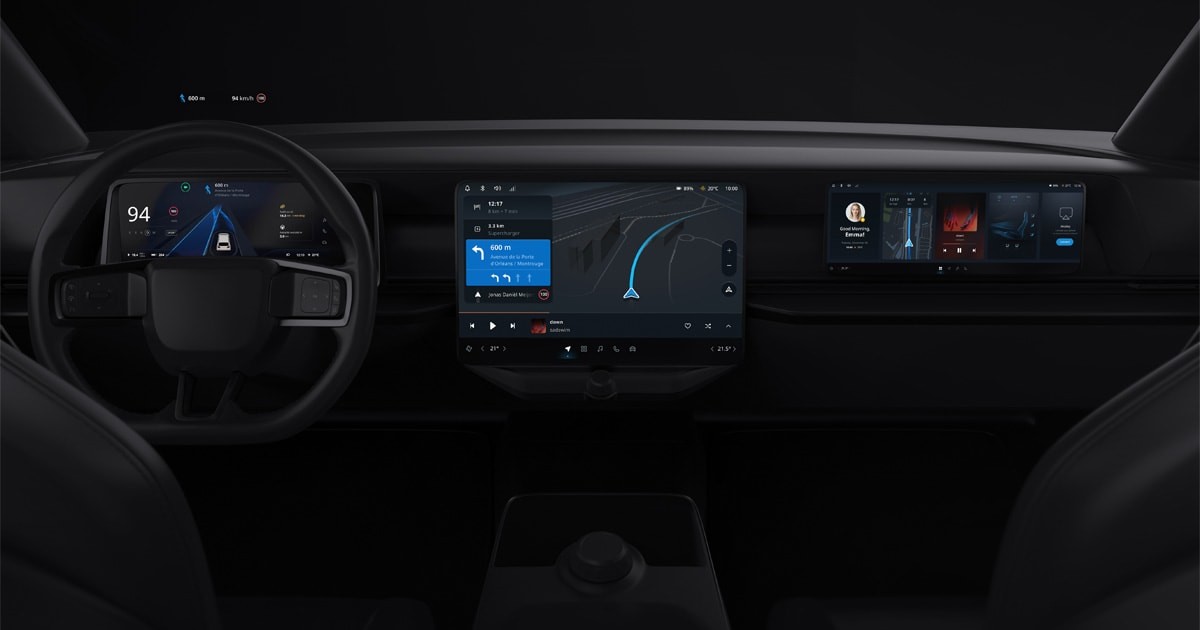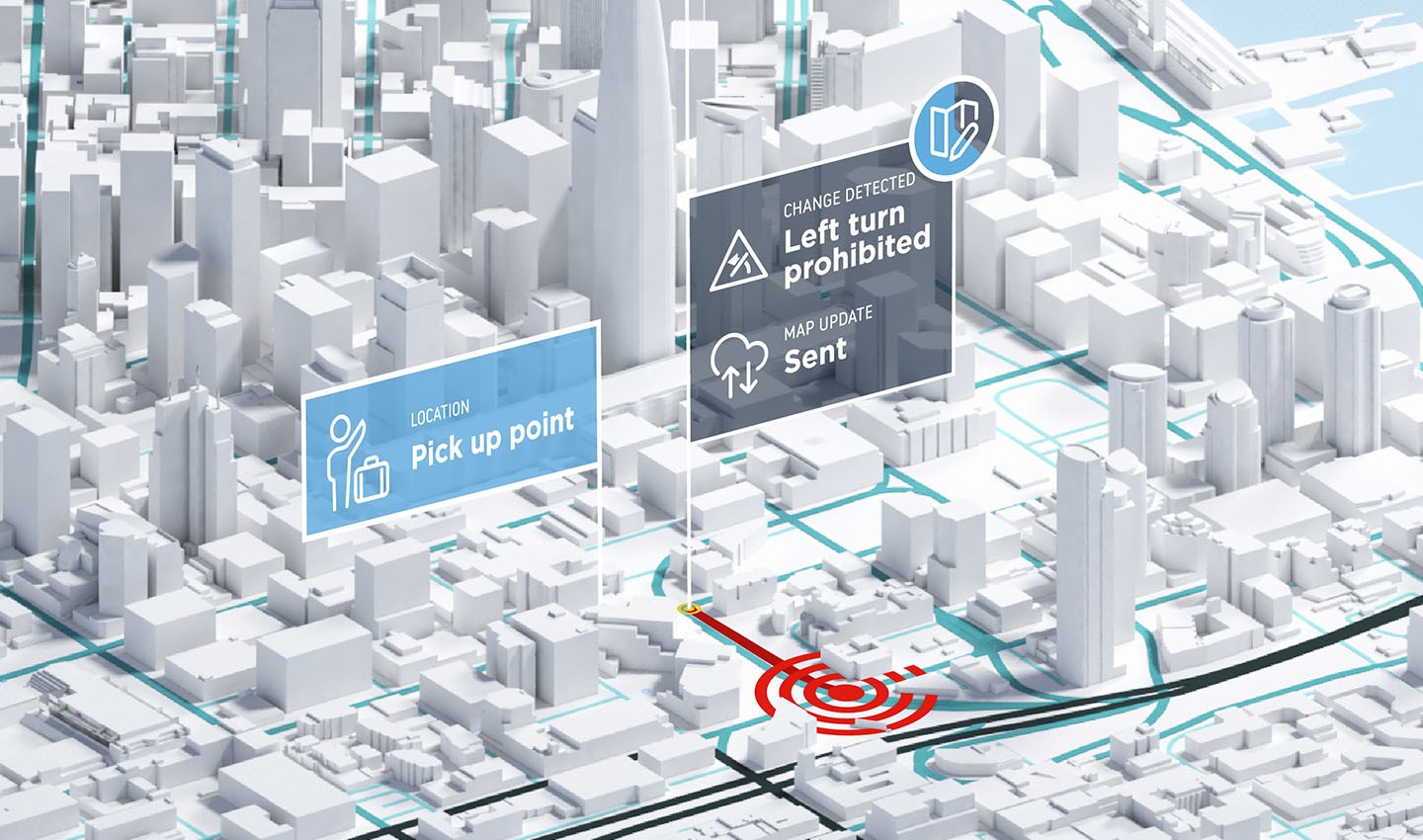How to make ETAs accurate for your business
&w=256&q=90)

On September 30, we hosted a webinar dedicated to unboxing the technology behind estimated time of arrival, commonly known as ETAs. Read on to find out about the key topics we covered!
During the event, our Product Marketing Manager Anna Borbotko broke down the key concepts behind mapping technology, driver behavior and business nuances which influence estimated travel times. After her presentation, we heard from Developer Advocate Olivia Vahsen and Product Manager Sander Plumiers to answer a number of great audience questions in the roundtable discussion.
Catch up with some webinar highlights below & register to view the full recording here.
The magic formula of ETAs for businesses
While there is no full-proof formula for the perfect ETA for on-demand businesses, we can try to get close to an accurate prediction using the following formula:
ETAs = human behavior + last mile operations + business nuances + travel time
When it comes to estimating arrival times, travel time is only one part of the equation, it is heavily influenced by other factors, like human behavior.
For example, a more conservative driver might observe an ETA differently because they prefer to drive slower – and oftentimes, the opposite could be true for someone who drives faster. Generally speaking, individual driving behavior is also just that—a personal choice and it’s hard to predict.
Tiny parts of the driving journey vary greatly from person to person – such as how erratic someone’s turns might be, or how comfortable they are making turns which yield to oncoming traffic.
This formula also applies to last mile operations, such as how well a delivery driver locates landmarks and follows customer directions: accessing a building, parking in legal spots and spotting unit numbers.

Then there’s certain business nuances that only your business knows about. A food delivery use case is especially difficult because you’re also at the mercy of the restaurant’s preparation time, held to customer expectations, the woes of traffic and your driving route. This is often the secret of success for businesses – this inside knowledge on how these factors impact ETAs and your customers’ satisfaction is something you know better than anyone.
What’s really behind travel time?
Travel time seems vague and broad. However, as we saw in the webinar, travel time is really the sum of three main components.
1. Traffic
2. Road attributes
3. Route selection
Traffic can be historical, live, or predictive. TomTom uses years of analytics performed on individual road segments at specific times of day, every day of the year, to create informed predictions specific to the time-sensitive needs of on-demand applications.
Different forms of available traffic data have a different degree of influence over specific trips depending on travel distance. For example, live traffic can be crucial for timely urban deliveries and historic traffic can have a more significant bearing when navigating cross-country.
Predictive traffic supports both scenarios; anticipated traffic delays can support more precise delivery times in short-range trips and avoid more dangerous sections of travel altogether when planning long-range deliveries.
Road attributes are the collection of structural and visual components of streets, freeways, intersections and the like. Drivers need to take in all these details, which are significant to the specific sections of the road, on all routes. For example, is that a sharp uphill left turn on a blind corner? Some of the commonly known attributes are elevation, speed limits, weight restrictions, address and building entry points, and more.
Route selection is what gives us the best possible route, or as we call it: the most “robust route”. Ideally, picking routes with the least variability is best. This really means using the arsenal of information we build from live, predicted, and historic traffic, as well as our mentioned road attributes, to eliminate factors which bring the widest variance in arrival times.
We aim to plan for as many known factors as possible to build that perfect route whether it’s navigating around rush-hour traffic slowdowns, working with specific vehicle restrictions, or any information important to your business operations and the nuances of your specific location.
Empowering ETAs for your business
Improving the planning and measurement of major factors such as live traffic can strengthen how users experience ETAs. Adding more contextual information to these estimates, such as road attributes and historical traffic information for a given area, helps avoid late (or unnecessarily early) arrival times, and builds an increasingly positive cycle of interaction and reliability for customers in the on-demand space.
It was great to see industry enthusiasts join the webinar to learn more about ETAs and how to make them work for your business.
People also read
)
The ETA conundrum
)
Crowdsourcing, fleets, and the last mile: solutions for small businesses
)
How to gain back time: The mystery of travel time accuracy debunked
* Required field. By submitting your contact details to TomTom, you agree that we can contact you about marketing offers, newsletters, or to invite you to webinars and events. We could further personalize the content that you receive via cookies. You can unsubscribe at any time by the link included in our emails. Review our privacy policy.